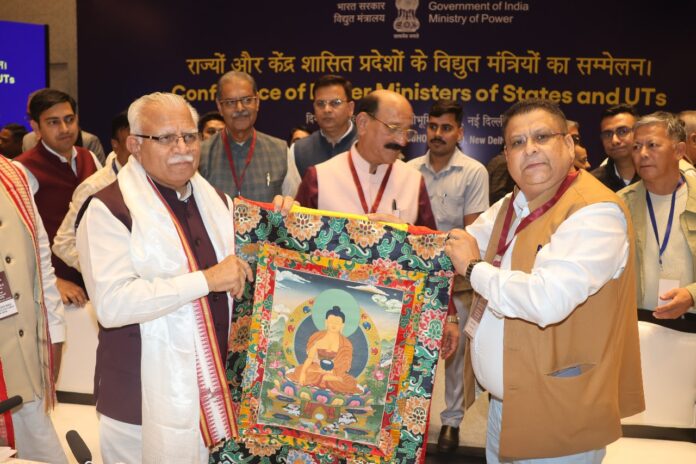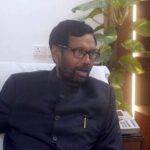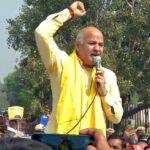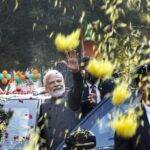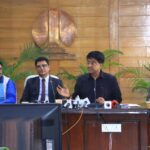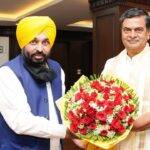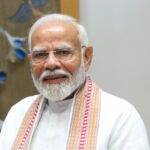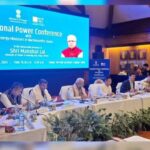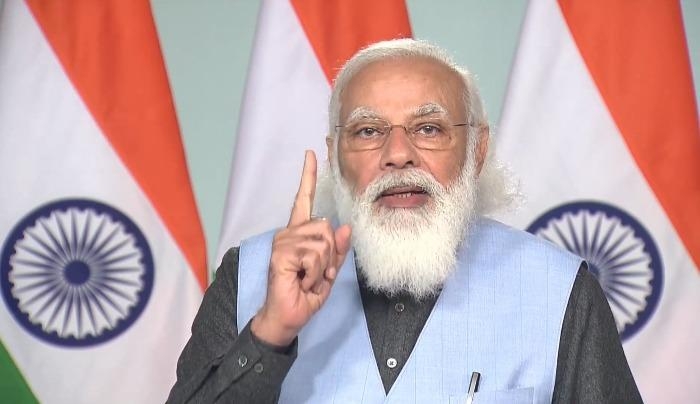During the Conference, detailed deliberations were held with focus on operational performance and financial viability of DISCOMs, review of RDSS, best practices in implementing Smart Metering, Electricity (Rights of Consumers) Rules, PM-Surya Ghar Yojna, Resource Adequacy plan, energy storage, Renewable Energy, National Transmission Plan, EV charging infrastructure, listing of State GENCOs / TRANSCOs / DISCOMs, Carbon Markets, National Green Hydrogen Mission etc. The States provided their inputs and suggestions on each of these pertinent issues.
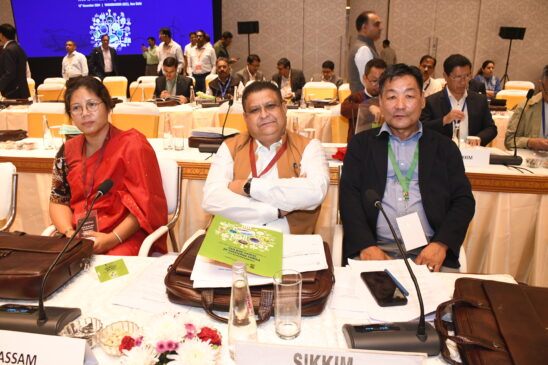
During the conference, States of Madhya Pradesh and Assam also made a presentation on best practices in Smart Meter.
In his address, Manohar Lal, Hon’ble Union Minister of Power and Housing & Urban Affairs, welcomed all the dignitaries. He highlighted that today the peak Demand is as high as 250 GW has been effectively met by Collective efforts. However, in view of growing demand, efforts are required to increase the capacity.
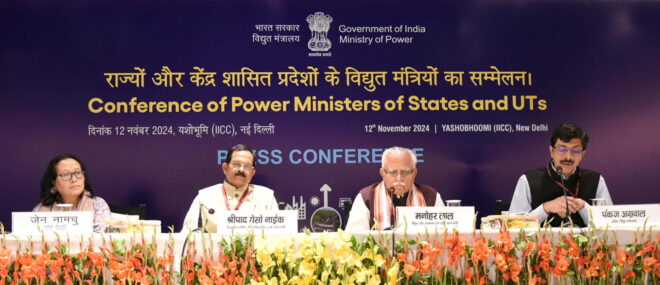
He pointed out that financial viability of Distribution Sector is another concern, vital for the overall growth of power sector in the country. He mentioned that ACS-ARR gap has improved to Rs. 0.21/kWh in FY 2023-24 as per provisional accounts from Rs. 0.45/kWh in FY 2022-23.
He emphasized that the States need to ensure timely payment of Government dues and Subsidies. For Government dues States may establish Centralized mechanism for payment of Govt. dues and all Government offices should be brought on prepaid Smart meter by March 2025. States were asked to work on ways to reduce the DISCOM debts.
He mentioned that to promote smart meters, 5% rebate may be provided by States to prepaid consumers and must do effective consumer engagement.
He further mentioned that DISCOMs need to make efforts for expeditious implementation of works sanctioned under RDSS.
While launching the Phase -II of Powerthon, Hon’ble Minister mentioned that this would help in bringing innovative solutions based on AI, for problems currently being faced by the DISCOMs. Through a competitive process, 40 potential technology solutions will be incubated with a total financial support of up to Rs. 37 Cr. under Powerthon-II and assistance of up to Rs 6 Cr shall also be provided to DISCOMs for scaling up the solutions already identified in Phase 1.
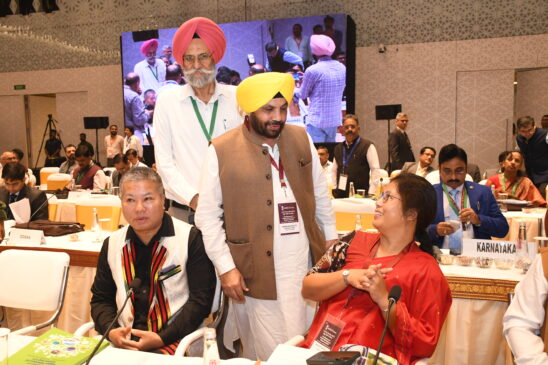
It was mentioned that a combined Ranking Methodology has been developed for ranking of DISCOMs to create healthy competition. The first ranking to be published by January 2025.
Hon’ble Minister emphasized DISCOMs should effectively implement Rights of Consumers under the Electricity Rules and should provide compensation to the consumers for deficiencies in services. He also mentioned that DISCOMs should promote the roof top installation under PM Surya Ghar Yojana.
He mentioned that with the growing power demand, there is a growing need for investment in the sector and also a need to improve the operational efficiencies of the utilities in the sector for which States may identify and take up utilities for listing.
It was mentioned that Resource Adequacy is critical to meet the growing power demand and States need to tie up capacity as per the Resource Adequacy plan. States may also optimise their power purchase based on complementarity of demand. Further, contingency plan to be also made for meeting the peace load during high demand period.
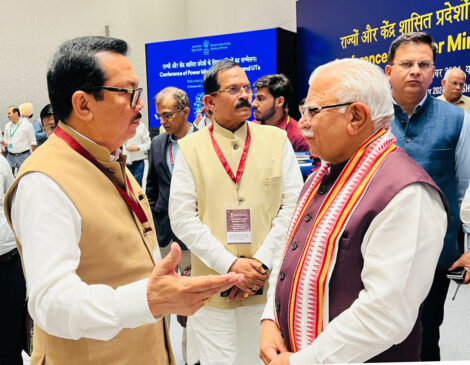
It was mentioned that Ministry of Power to work with Ministry of Coal on rationalisation of linkage of coal sources to thermal plants. For efficient disposal of fly ash, back filling of abandoned coal mines needs to be taken up at the earliest. It was also suggested that National merit order despatch may be followed so that overall cost of supply to DISCOMs could be reduced.
Hon’ble Minister mentioned States should focus on Nuclear based Power Plant. Capacity likely to grow from 8GW to 20 GW by 2032. States which are away from the coal sources should consider setting up of Nuclear Power Plants at the sites where coal based thermal power plants have completed their life.
Hon’ble Minister emphasized that States should also take up Pumped Storage Projects (PSPs) and Battery Energy Storage Systems (BESS) in Renewable Energy rich areas which would help in meeting peak demand in non-solar hours and in better integration of RE resource in grid. He also stated that states should focus on PSP . He also highlighted that Capacity is to grow up from around 5GW to 27 GW by 2032. He mentioned that the Ministry is supporting installation of BESS capacity of 12 GWh under the Viability Gap Funding Scheme and that States should avoid levying any water-cess charges and other such charges on Power Generation.
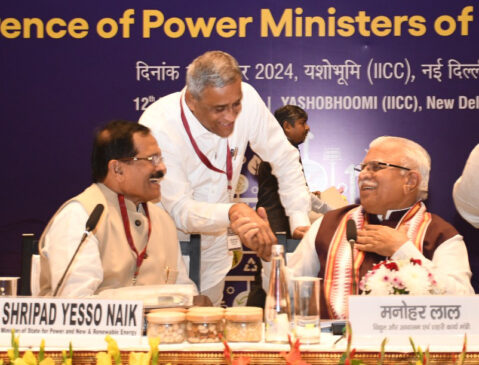
He mentioned that today India has the largest synchronised grid, but robust transmission system needs to be in place for evacuation of the renewable power as per planned capacity. Comprehensive plan is also needed for intra-state transmission for atleast 10 years in line with ISTS transmission lines. States to identify transmission projects for Green Energy Corridors Phase-III and adopt revised guidelines for payment of compensation in regard to RoW for transmission lines and resolves pending RoW issues at the earliest.
He further mentioned that the States should adopt the SLDC workforce adequacy guidelines and undertake necessary restructuring of their Load Despatch Centres.
Further, he mentioned that use of technology should be leveraged in the Power Sector and necessary cybersecurity guidelines to be adhered to by the States. Demand Forecasting to be taken up on priority by the States taking into account the dynamic demand growth owing to rising economy.
Further, he mentioned that all States should ensure flexible operation of their coal-based power plants up to 40%.
In his closing remarks, Minister of State for Power & NRE mentioned that Government of India is committed to achieving 500 GW of non-fossil fuel power by 2030, enhancing energy storage solutions, and integrating more renewable energy into the grid. A comprehensive plan has already been finalized to address transmission requirement for evacuation of RE. However, in order to bring renewable energy to consumers, a comprehensive plan for intra-state transmission is also needed. He requested States to periodically evaluate the development progress of their downstream networks to ensure alignment with the Interstate Transmission System (ISTS) network.
Secretary (Power) Pankaj Agarwal in his address highlighted the major concerns in the Power Sector. He urged the States for continued support in implementing the reform measures so as to make the Power Sector viable. He requested the States for timely implementation of the works under RDSS which would help make the Distribution Sector operationally efficient. Further, he also urged the States for implementation of the Resource Adequacy Plan and to resolve pending issues in ongoing projects in the Generation and Transmission Sector.


